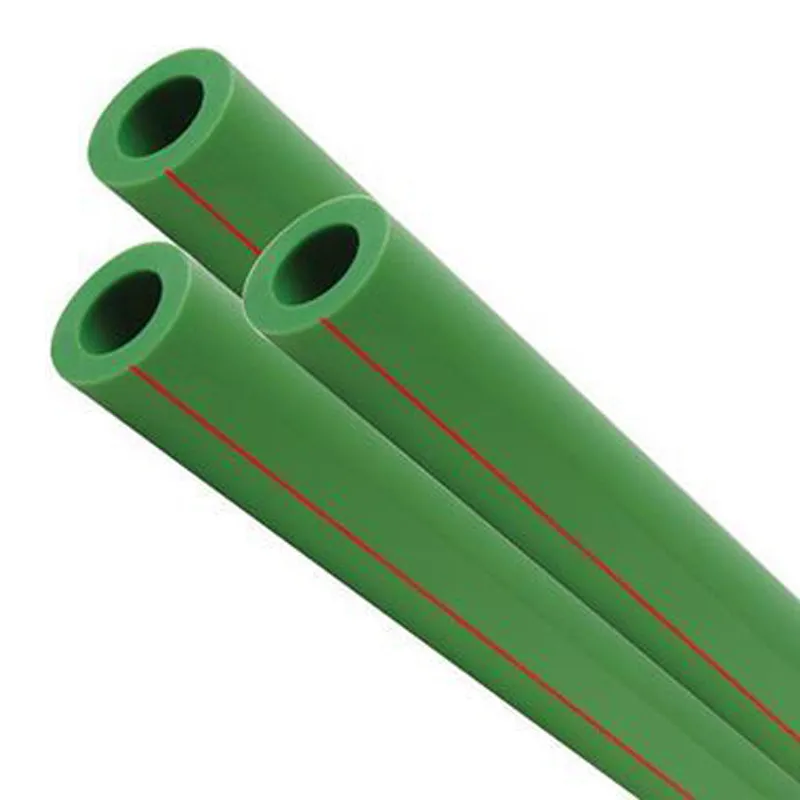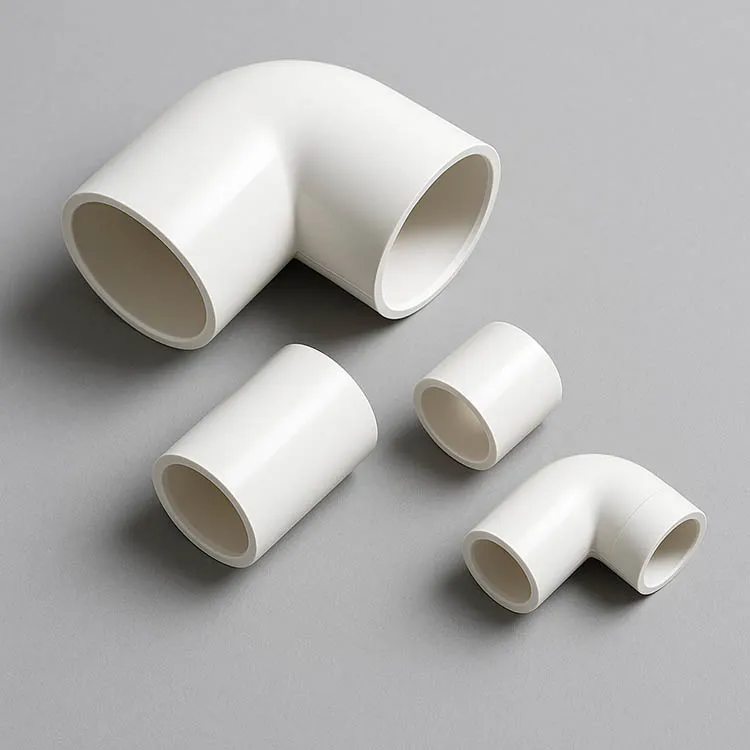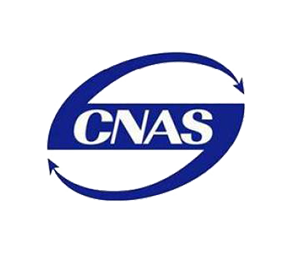What is PPR hot water pipe?
PPR is the abbreviation of "Polypropylene Random Copolymer" and has good heat resistance and pressure resistance. PPR hot water pipes are usually green or white, and can also be customized in blue, gray or other colors according to needs.
Main characteristics of PPR hot water pipes
The reason why PPR hot water pipes can be widely used in global heating systems and hot water projects is due to its outstanding performance in performance, environmental protection and economy. The following is a detailed analysis of its key characteristics:
1. Excellent high temperature resistance
PPR pipes can withstand water temperatures as high as 95℃ for a long time, and can even withstand hot water of 110℃ for a short time. They are suitable for various hot water supply systems (such as: solar water heaters, central heating systems, hot water circulation pipes, etc.).
It is not easy to deform or age under long-term working conditions
Applicable to systems with alternating hot and cold water, with strong resistance to thermal fatigue
Ensures safe and stable operation of winter heating systems
2. Hygienic and safe, food-grade raw materials
PPR materials are random copolymers of polypropylene, which are non-toxic, odorless, and have no chemical reaction precipitation. They will not pollute water quality and meet the drinking water standards of many countries.
No heavy metal precipitation, no plasticizer (such as common in PVC)
Meets NSF / WRAS / GB/T 17219 drinking water hygiene standards
Safely used in kitchens, bathing and infant water systems
3. Excellent corrosion resistance and chemical resistance
PPR pipes are still stable when conveying water with acid, alkali or other slightly corrosive water:
No rust, no scaling, no secondary pollution
Resistant to corrosion by common chemicals in water such as chlorine, fluorine, and calcium
Service life can reach more than 50 years
Compared with metal pipes, there is no need to worry about oxidation, rust and other problems, which greatly reduces maintenance costs.
4. Hot-melt connection, reliable sealing
PPR pipes use hot-melt welding technology, that is, the pipes and fittings are directly plugged in after being heated to a molten state, and a homogeneous connection is formed after cooling, with excellent sealing effect.
Avoid the risk of leakage of traditional threaded and glued joints
The strength of the joint is the same as the pipe body, and the life span is synchronized
Easy to install and save labor costs
5. Smooth inner wall and low fluid resistance
The inner wall of the PPR hot water pipe is very smooth, and the roughness is much lower than that of the metal pipe:
Reduce water flow resistance and improve transportation efficiency
Reduce scale deposition and keep the pipeline unobstructed for a long time
More energy-saving and consumption-reducing in the hot water system
6. Lightweight and high-strength, easy to transport and install
Compared with metal pipes, PPR pipes are light in weight, easier to carry and construct, and suitable for high-rise buildings, residential decoration and large-area water supply system installation:
Single pipe is light and can be hoisted for construction
The bracket spacing is longer, reducing installation points
Can be bent (with pipe clamps) to adapt to complex route pipe laying
7. Green and environmentally friendly, recyclable
PPR materials are 100% recyclable and do not contain harmful additives. They are environmentally friendly pipes that meet the global trend of green building materials development.
Low carbon emissions during the production process
No pollutant emissions during the installation process
Can be used as one of the recommended materials for "Green Building Materials Certification"
Typical application scenarios of PPR hot water pipes
PPR hot water pipes are widely used in various heating and hot water delivery scenarios due to their excellent high temperature resistance, pressure resistance, and corrosion resistance. Whether it is residential buildings, public facilities, or industrial supporting systems, PPR pipes can do the job.
1. Residential and apartment hot water systems
In home decoration, PPR pipes are currently the first choice for kitchen and bathroom hot water pipes:
Water heater inlet and outlet pipes (electric heating/gas/solar energy)
Cold and hot water pipe layout for bathrooms and kitchens
Mixing valve, thermostatic valve system connection pipes
Heating/floor heating return pipes (with anti-oxidation layer models)
Features: Concealed pipe layout with high stability and a service life of up to 50 years, which improves living comfort.
2. Commercial buildings and hotel central heating systems
PPR hot water pipes are suitable for the wiring of main water supply trunks and branches in central heating systems, and are commonly found in:
Hotel hot water pipe network systems
Commercial complex bathing/kitchen hot water pipes
Office building drinking water room, toilet hot water system
Features: reliable connection, strong leak-proof, suitable for high-frequency and high-flow use.
3. Public facilities such as hospitals and schools
Public buildings have higher requirements for the sanitation, safety and stability of pipeline systems. PPR hot water pipes have the following advantages:
Hospital bathing system, operating room cleaning equipment water supply
School dormitory, canteen hot water centralized supply
Laboratory circulating hot water/cooling return water system
Features: non-toxic and harmless, good antibacterial properties, in line with public health building standards.
4. Industrial hot water and circulation systems
PPR high temperature resistant models (such as PPR-AL-PPR) are also suitable for some industrial scenarios:
Hot water circulation pump piping
Air conditioning condensate, boiler hot water supply
Factory equipment cleaning pipelines
Features: pressure and corrosion resistance, high hot melt connection strength, adapted to the needs of industrial continuous operation.
5. Solar water heating system pipes
PPR hot water pipes are very suitable for hot water connection pipes between solar collectors and water tanks:
Connection between rooftop solar energy and indoor hot water system
Solar energy + electric heating dual system switching pipe layout
It is recommended to add insulation cotton protection for outdoor exposed use
Features: good high temperature resistance, high cost performance, easy installation, suitable for rural areas, homestays, families and other user groups.
6. Floor heating return water/heating circulation pipes
Although PERT or PB pipes are commonly used in floor heating systems, many heating projects also use anti-oxidation PPR hot water pipes for trunk connection and return pipe settings:
Wall heating return water channel
Radiator main pipe layout
Heat exchange device inlet and outlet pipes
Features: Hot melt seamless connection, better system water tightness, avoid leakage.
FAQ
Q1: How high a temperature can PPR hot water pipes withstand?
It can withstand 95℃ under normal use and 110℃ for a short time. Suitable for hot water systems.
Q2: Can PPR hot water pipes be used as cold water pipes?
Absolutely. PPR is suitable for hot and cold water systems. Just choose the corresponding pressure level (PN).
Q3: How to connect PPR hot water pipes?
PPR hot water pipes are connected by hot melt. The pipes and accessories are heated and melted to form an overall sealed structure with almost zero leakage.
Q4: How is it better than metal hot water pipes?
✔ Lighter
✔ No corrosion and no scaling
✔ Simple and quick installation
✔ Non-conductive and better antibacterial performance
Q5: Can PPR hot water pipes be used in solar water heater systems?
Yes. Its temperature resistance and connection strength can fully meet the needs of solar water supply systems.



939.webp)


294.webp)
476.webp)
420.webp)
146.webp)
460.webp)
287.webp)
274.webp)
688.webp)


